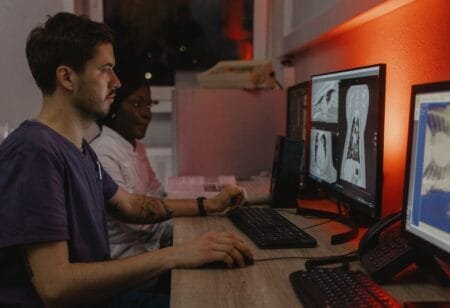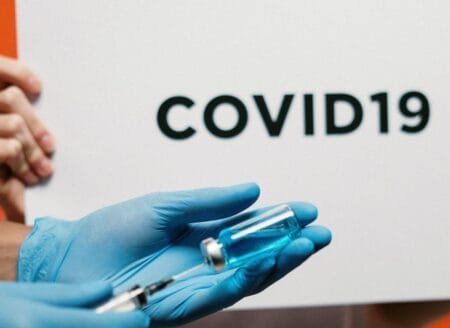The European Commission on 24 June set up a European Partnership for Action against Cancer, reinforcing its long-term commitment to the fight against cancer. The partnership will focus on actions that can be taken at EU level to more effectively prevent and control cancer across Europe. In Europe, one in three people will develop cancer in their lifetime. This translates to 3.2 million people being diagnosed with the disease every year. Cancer is not equally distributed in Europe and the chances of surviving cancer differ greatly between countries. By bringing together all relevant organisations working on cancer, the intention is to identify gaps, address needs and learn from each other.
Advertisement
What is the current burden of cancer in the EU?
* Every year, around 3.2 million Europeans are diagnosed with cancer, which is also the second most common cause of death in Europe.
* The burden of cancer is increasing as the European population ages. In addition to the serious implications to health, cancer also represents a heavy economic burden on society.
* Cancer incidence & mortality vary dramatically across the Union. The graph below shows that these inequalities exist within, as well as between, member countries. In 2005 the death rate from cancer in the worst performing member country was double that found in the best performing member country.
Where can I find more information on the burden of cancer in Europe?
* Data on cancer can be found in the Eurostat database under the theme “Health”. Eurostat has been collecting and disseminating health data for the Member States of the European Union since 1994.
* The European Cancer Observatory, co-funded by the European Commission, provides a whole set of fact sheets on different cancers and on burden of cancer in different EU countries.
* Extensive information of ongoing European efforts in the field of cancer is available on the website of the Directorate General for Health and Consumers.
Why do we need a partnership?
* The Commission believes there is considerable scope for reducing the increasing burden of cancer and existing cancer inequalities in the EU by supporting member countries in their efforts to more efficiently tackle the disease. By providing the member countries with a framework for sharing information, resources, best practise and expertise in cancer prevention and control, the EU hopes to step up the fight against the disease.
* By ensuring more synergies in cancer-related activities and actions taken by member countries, scientific experts, patient organisations and other key stakeholders, the Partnership will help to avoid scattered actions and the duplication of efforts, in an area where resources are limited and expertise is often fragmented across the Union.
* In these times of financial instability, it is even more important to invest in Europe’s future health by taking long term, sustainable actions to ensure a healthy and economically prosperous future for the EU.
Next steps for the partnership
* The official launch of the partnership will take place in the autumn of 2009. This will be marked by a ceremony in Brussels. The Commission is currently in the preparatory phase, but more information about the event will be available shortly on the website of the Directorate General for Health and Consumers.
* There have already been several consultations with stakeholders, experts and EU Member States in the run up to the adoption of the Communication Action against Cancer: European Partnership. However , preparatory meetings will continue in the autumn and the first meeting of the European Partnership for Action against Cancer is envisaged for 2010.
* In parallel, a dedicated website, the so-called Virtual Partnership, will be launched in 2009.
Source: European Commission







